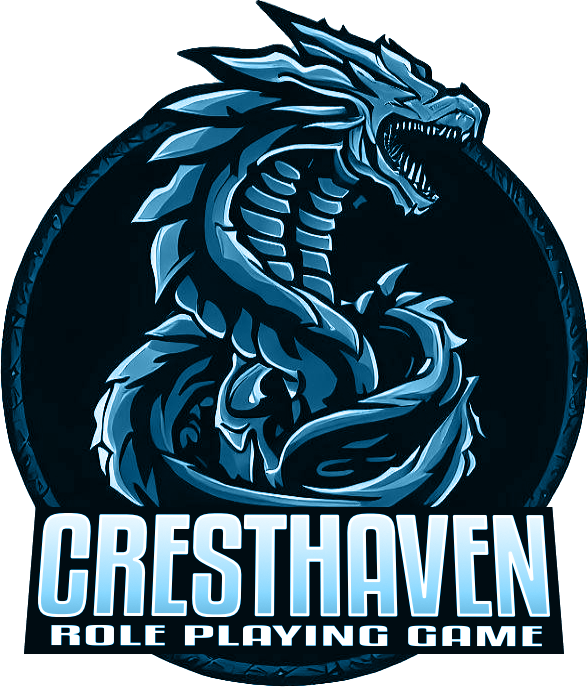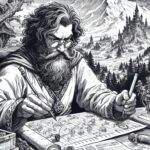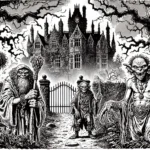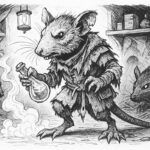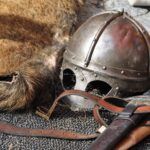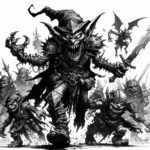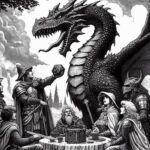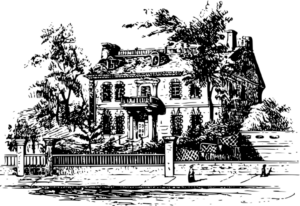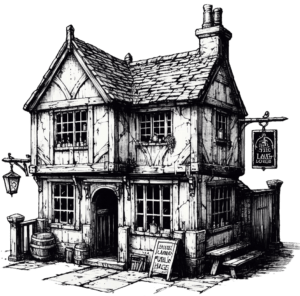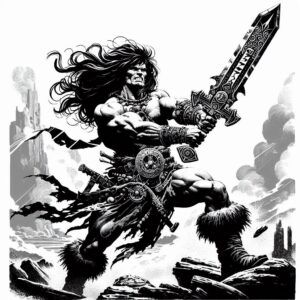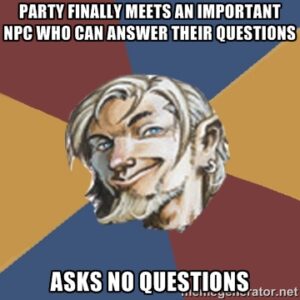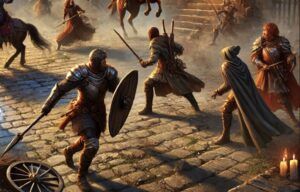Let’s delve into the fascinating realm of hero creation and the limitations of traditional alignment systems like in Dungeons and Dragons. While such systems have served us well, for Cresthaven, a more nuanced approach is necessary. Let’s explore why rigidly defining heroes with single alignments falls short, and how a reputation system breathes life into their moral complexities.
The Duality of Conan: A Flawed Yet Heroic Example
Take Conan the Barbarian. A paragon of strength and unwavering resolve, he embodies the classical hero archetype. He battles monstrous foes and protects the innocent. Yet, Conan is far from a shining beacon of pure good. He is impulsive, ruthless, and often operates outside the bounds of law.
Should Conan be confined to the “Chaotic Good” box? Absolutely not! His heroism stems from a complex tapestry of motivations, not a single, unwavering alignment. He may plunder and brawl, but he also possesses a fierce sense of justice and a willingness to defend the weak.
The Spectrum of Heroism
The classical hero, though often noble, is rarely a flawless saint. They grapple with internal struggles, make difficult choices, and sometimes blur the lines between right and wrong. A rigid alignment system fails to capture this captivating complexity.
Here’s why Cresthaven embraces a reputation system instead:
- Actions Speak Louder: A hero’s reputation is built upon their deeds, not a pre-assigned label. Helping villagers or ruthlessly slaying bandits – these actions shape how the world perceives them, creating a more dynamic and believable character arc.
- Nuance over Dichotomies: The world isn’t simply black and white. A hero might possess admirable qualities while also succumbing to personal flaws or the pressures of their circumstances. A reputation system allows for this rich tapestry of moral shades.
- Growth and Transformation: Heroes are not static beings. Their experiences and choices should shape their moral compass over time. A reputation system allows for this organic evolution, reflecting the hero’s journey.
The Anti-Hero: Shades of Gray within Heroism
Not all heroes are paragons of virtue. Some may possess a strong moral compass but operate outside the law. They might be driven by personal vendettas, a thirst for glory, or a desire to protect those they care about above all else. These characters, often called anti-heroes, are still considered heroic because they:
- Defend the Innocent: Even if their motivations are personal, they still stand against those who prey upon the weak and vulnerable. They might be ruthless, but they draw a line at harming the innocent.
- Possess a Code: While they may not follow societal norms, they have a personal code they adhere to. This code might involve loyalty, revenge, or a twisted sense of justice, but it guides their actions and prevents them from descending into pure villainy.
- Achieve a Greater Good: Despite their flaws, their actions ultimately contribute to a positive outcome. They may not be saints, but they tip the scales in favor of a better world, even if their methods are unconventional.
Examples of Non-Selfless Heroes:
- Geralt of Rivia (The Witcher): A monster hunter driven by a personal code and a hefty fee, Geralt protects the innocent from monstrous threats, even if it means bending the rules.
- Gamora (Guardians of the Galaxy): A skilled assassin with a troubled past, Gamora ultimately chooses to fight alongside heroes and protect the galaxy.
- Captain Jack Sparrow (Pirates of the Caribbean): A cunning pirate with a thirst for adventure and treasure, Sparrow occasionally helps the greater good, but only when it aligns with his own interests.
Heroic Motivations
Heroes are driven by a variety of motivations, not just pure selflessness. Here are some examples:
- Protection: Protecting loved ones, their community, or a specific cause can be a powerful motivator.
- Justice: A desire to right wrongs and punish the wicked can fuel heroic actions.
- Redemption: A hero might seek to atone for past mistakes or a tarnished reputation.
- Glory: The pursuit of fame and recognition can drive a hero to perform great deeds.
It’s important to note that while Cresthaven heroes exist within a spectrum of motivations and methods, there is a baseline expectation of heroism. Preying upon the innocent or committing acts of senseless cruelty like harming the defenseless would fundamentally contradict the core concept of heroism.
While a hero’s path may be unconventional and their moral compass may not always point due north, they ultimately strive to uphold a basic level of decency and fight against those who inflict suffering on the weak and vulnerable. They are defined by their actions, their code, and their ultimate contribution to a better world, even if the path they take is sometimes unconventional.
From the Dungeon Master’s Chair
Monsters and NPCs, unlike the heroes themselves, rely on a system of alignments to guide their actions and interactions within the game. This two-fold system helps us portray their social outlook (Lawful, Indifferent, Chaotic) and internal compass (Good, Neutral, Evil).
Social Outlook:
- Lawful: Creatures who prioritize order and follow established rules and hierarchies. Think of the stoic dwarf who upholds tradition.
- Indifferent: Self-preservation reigns supreme. These creatures, like the opportunistic halfling, prioritize their own needs above all else.
- Chaotic: Emotion and personal whims drive these creatures. Imagine the unpredictable elf who throws caution to the wind in pursuit of justice.
Internal Compass:
- Good: Creatures motivated by compassion and helping others. Think of the noble paladin who champions the weak.
- Neutral: Avoiding conflict and staying out of others’ affairs defines these creatures. The cunning thief who waits for the opportune moment to strike exemplifies this neutrality.
- Evil: Cruelty and self-interest are the driving forces. Picture the monstrous beast that revels in inflicting harm.
By understanding these alignments, we can portray creatures in a way that aligns with the designer’s intent, creating a believable and immersive world for our players to explore.
What do you think?
Do you agree that reputations are a better fit for heroes, or do you still see value in traditional alignments? Share your thoughts in the comments!
Discover more from Cresthaven RPG
Subscribe to get the latest posts sent to your email.
